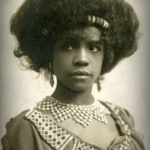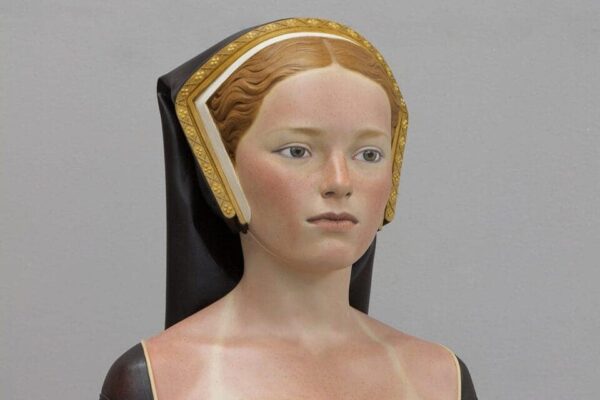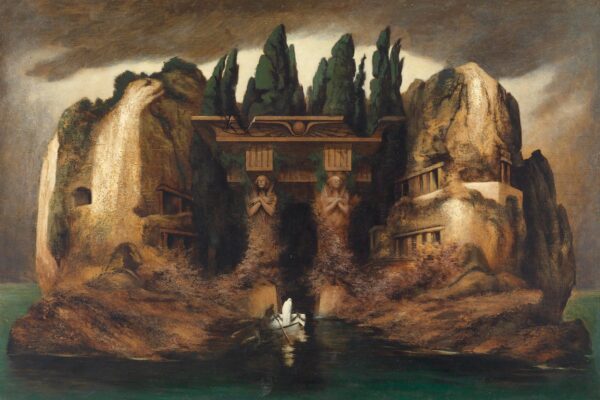1. A 1920s Long Island Mansion complete with Underground Art Deco Playground
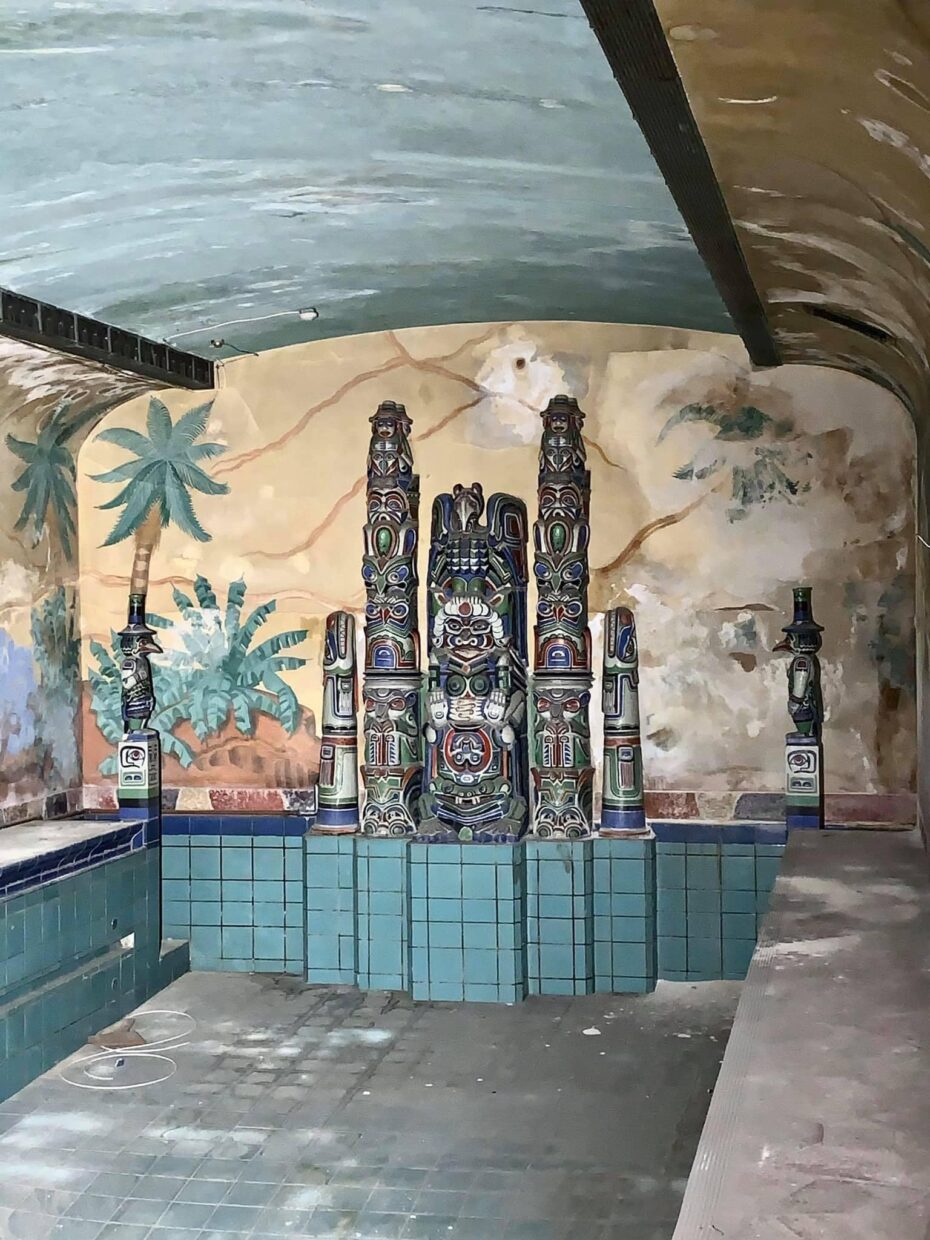
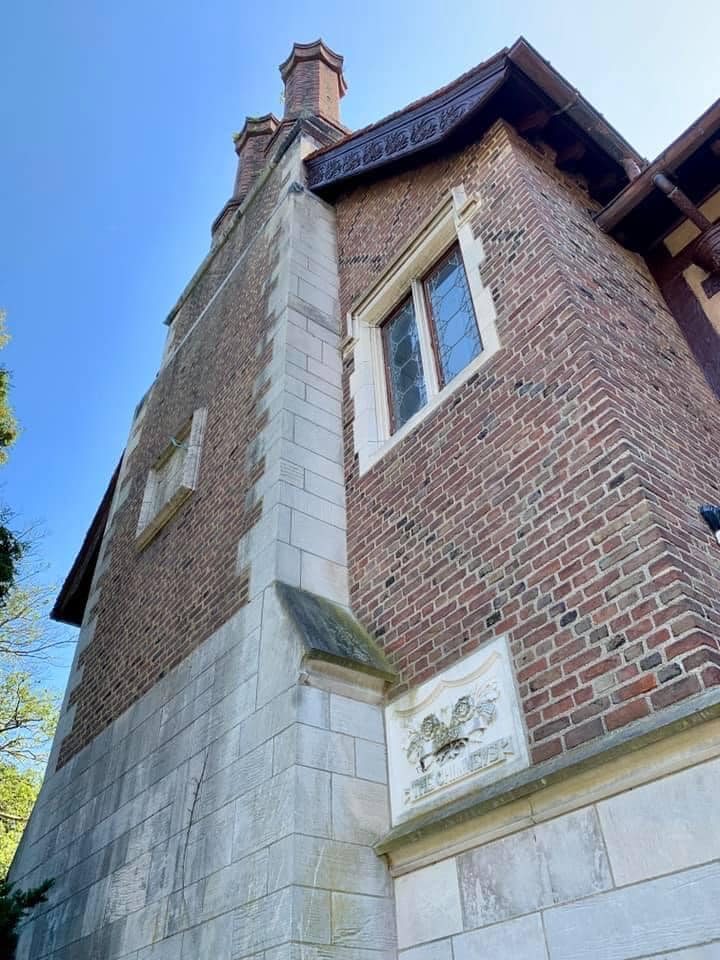
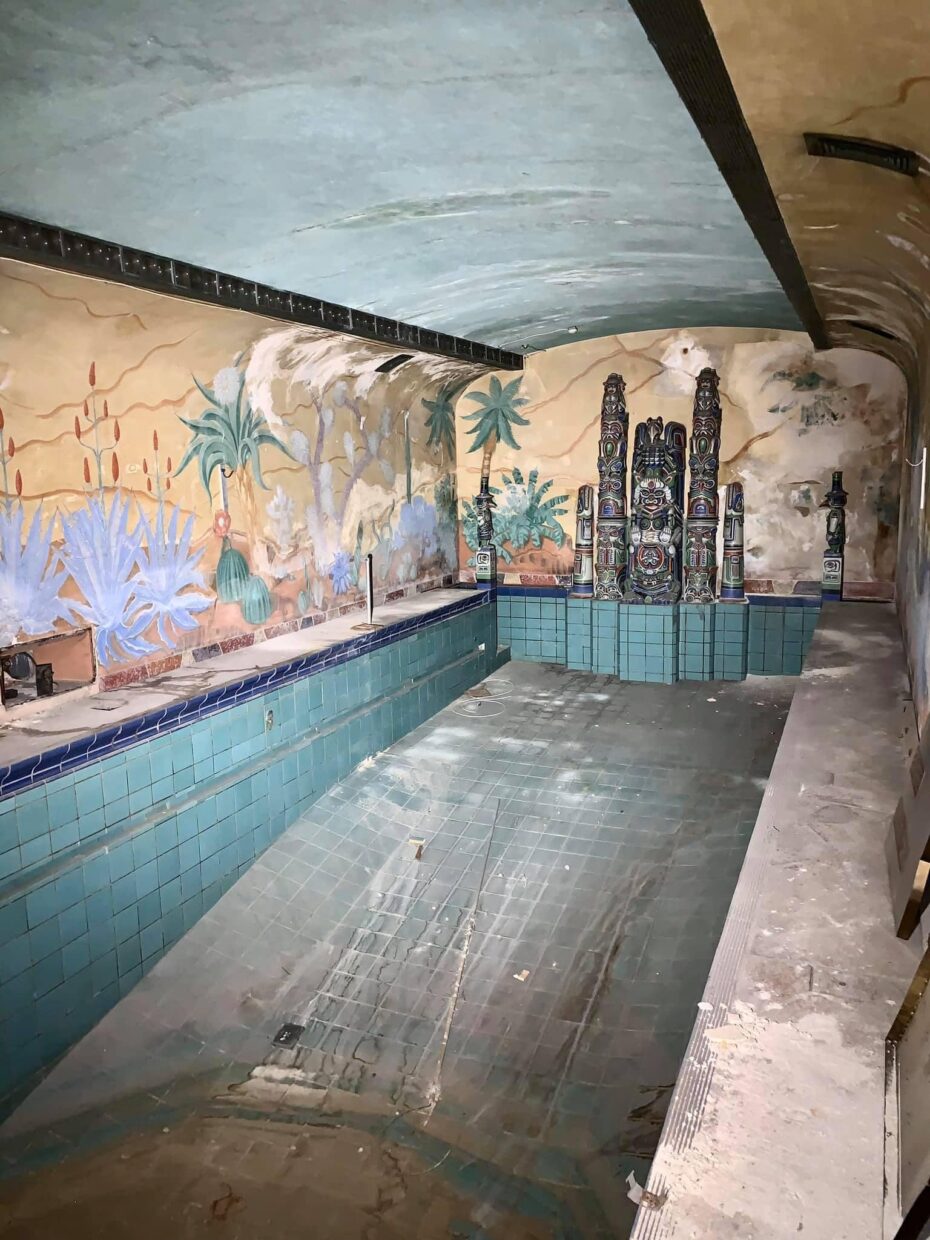
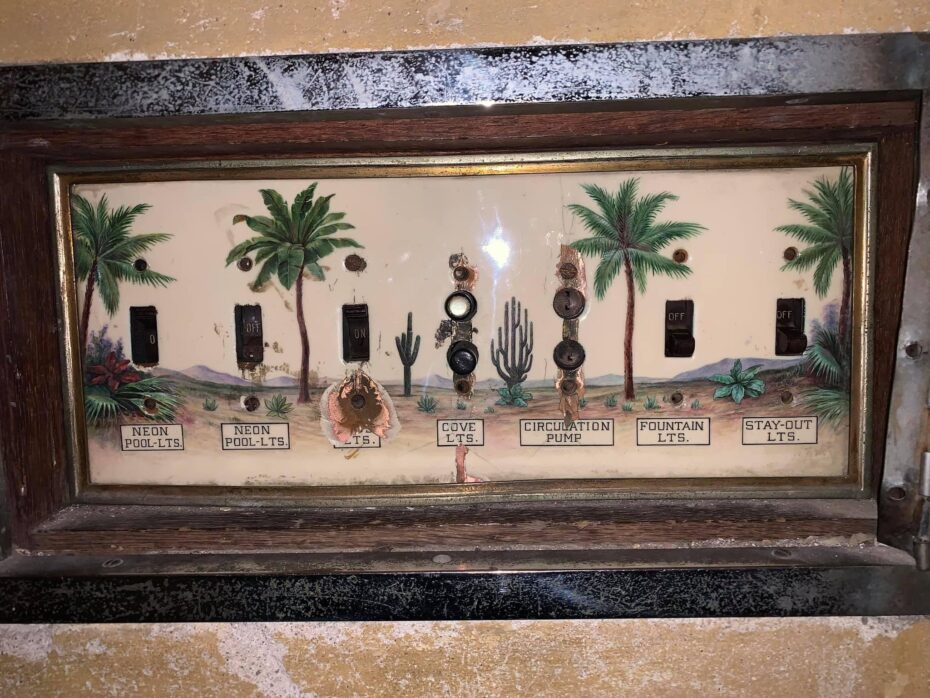

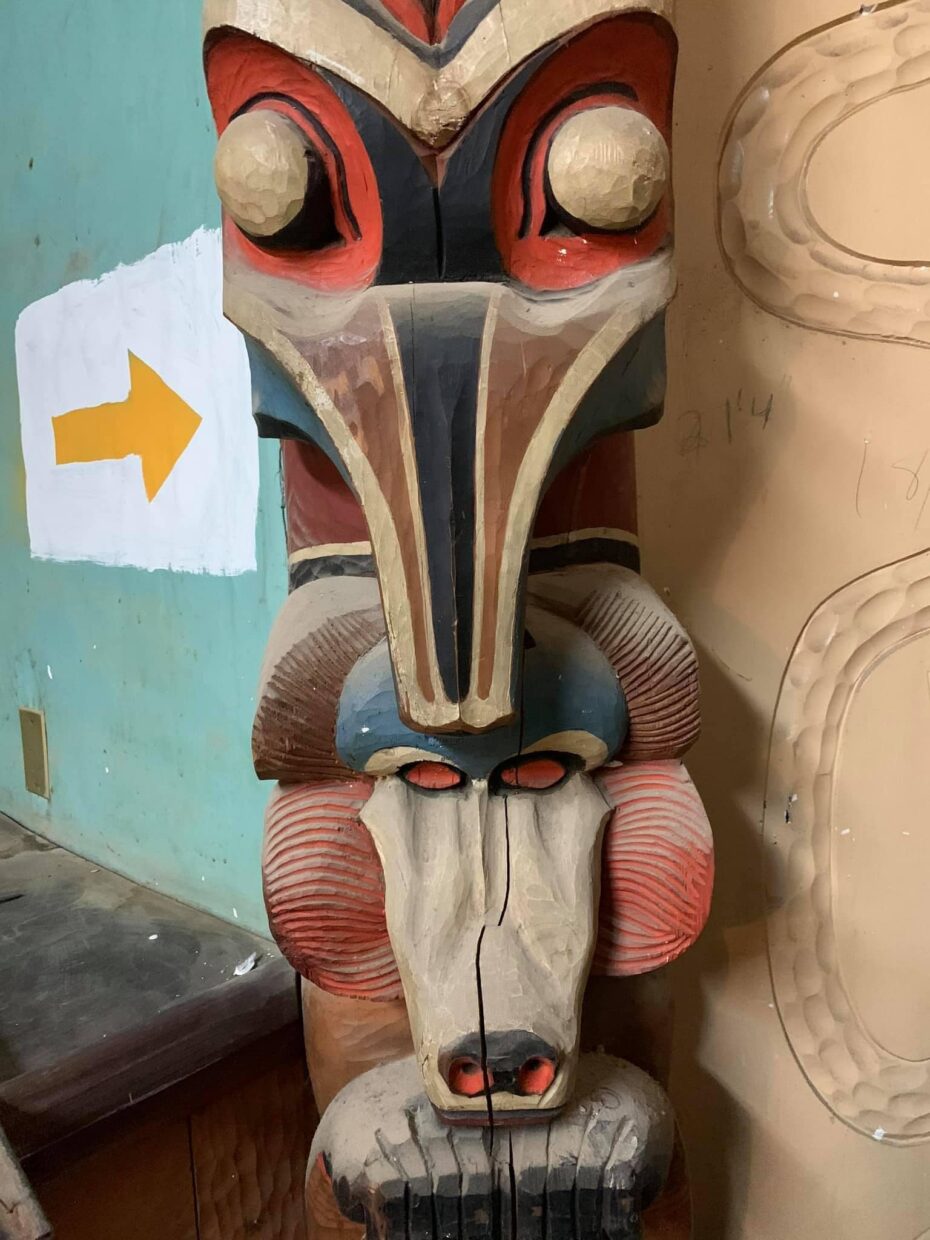
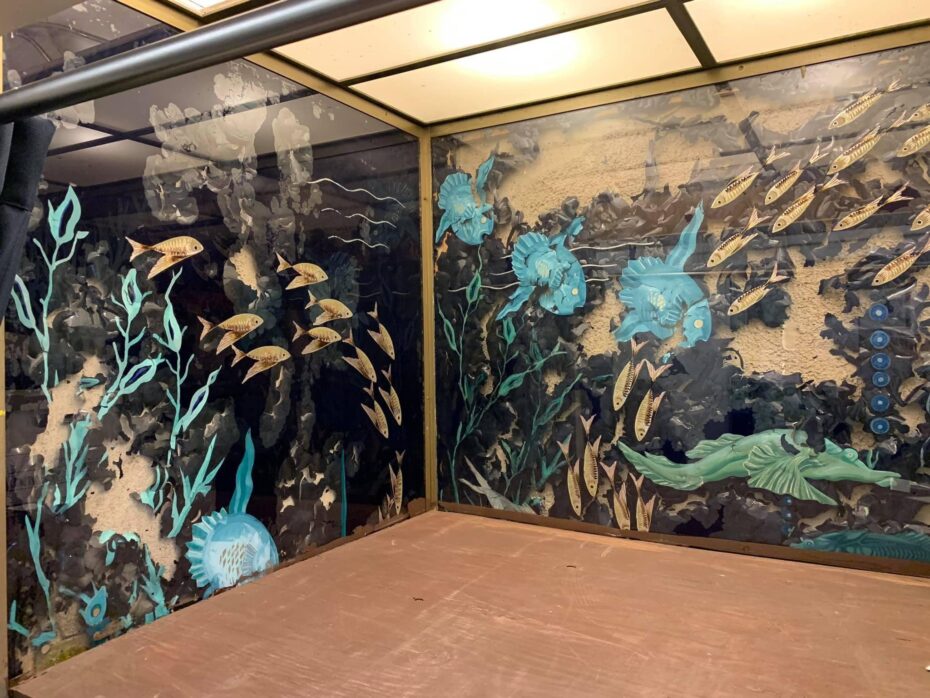
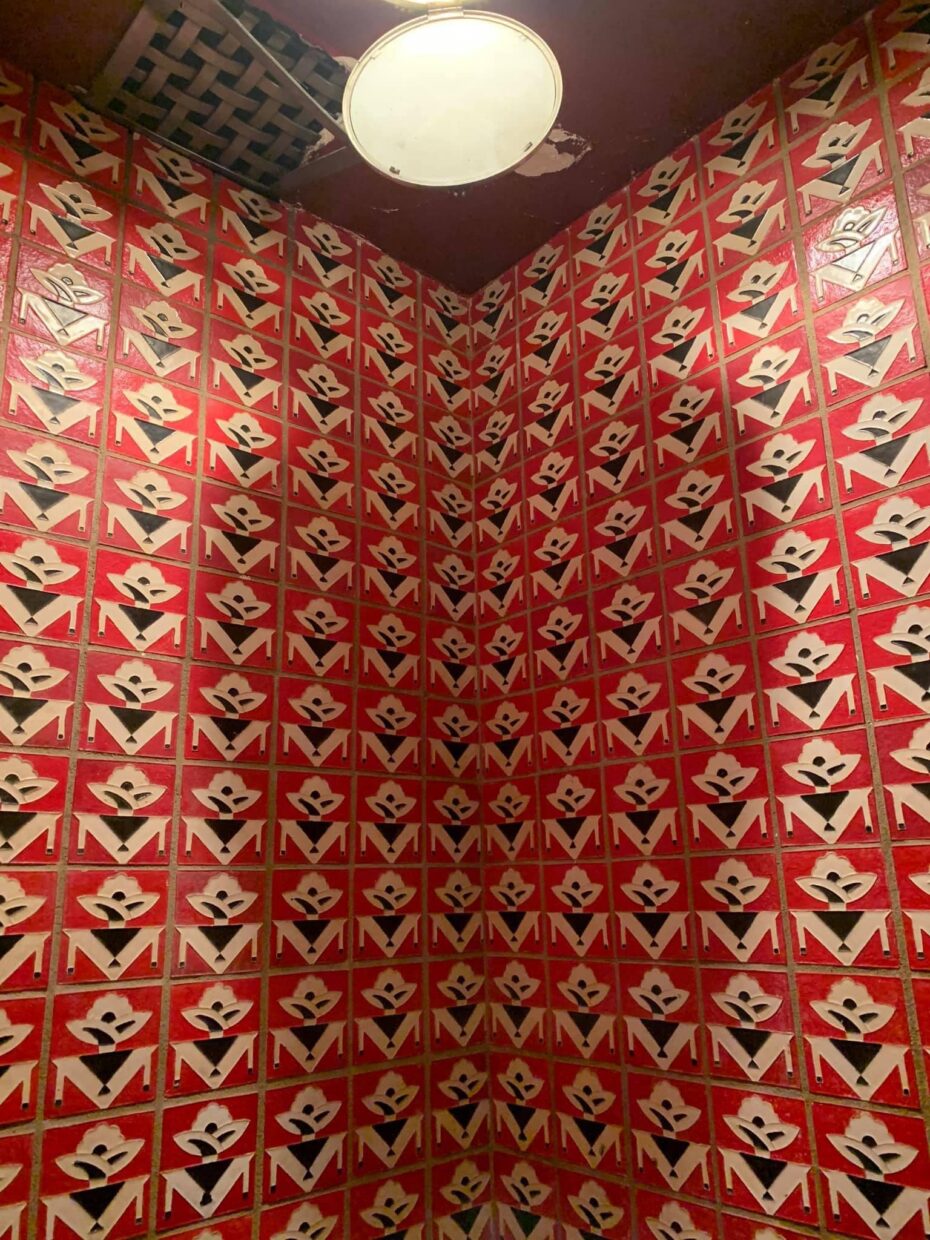
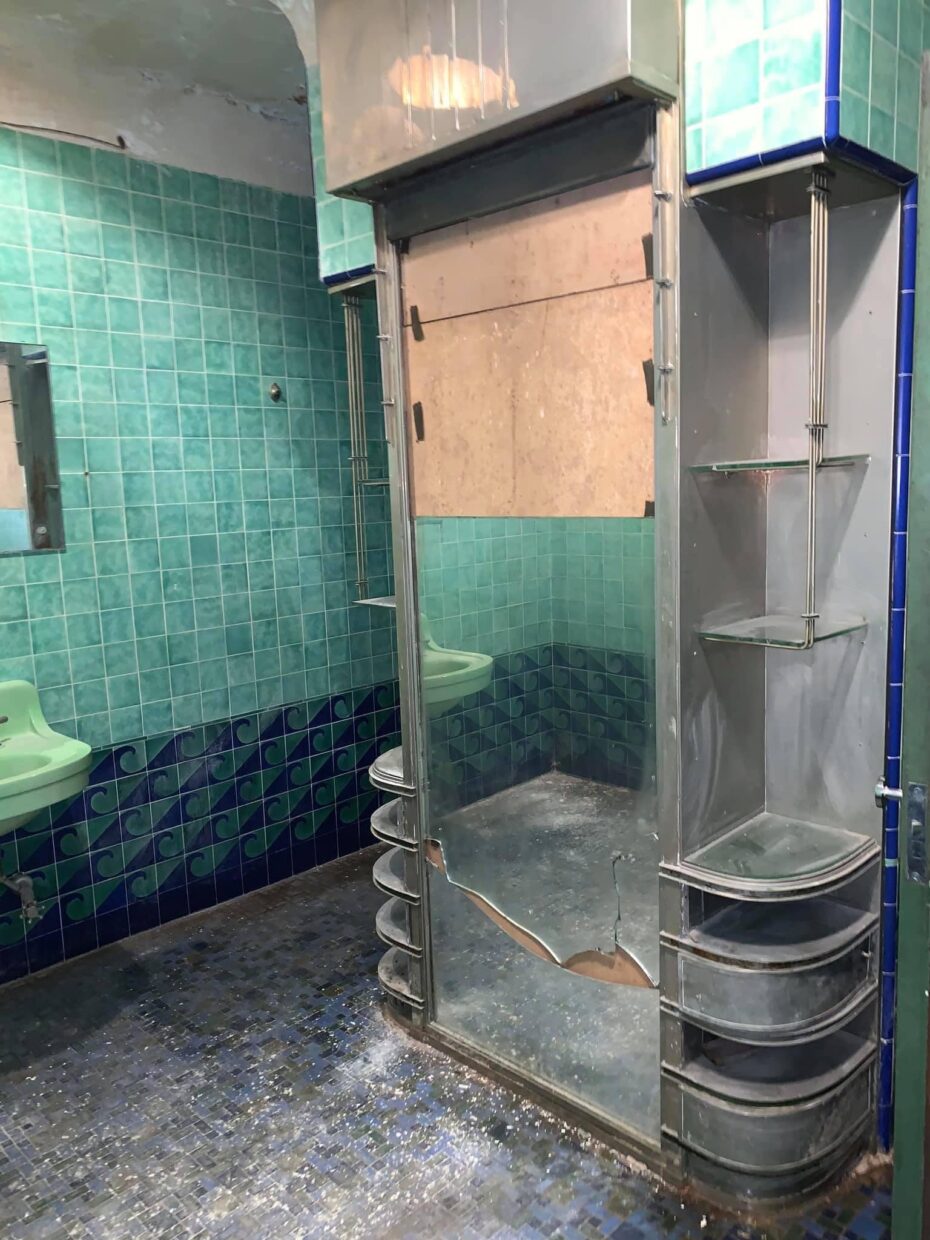
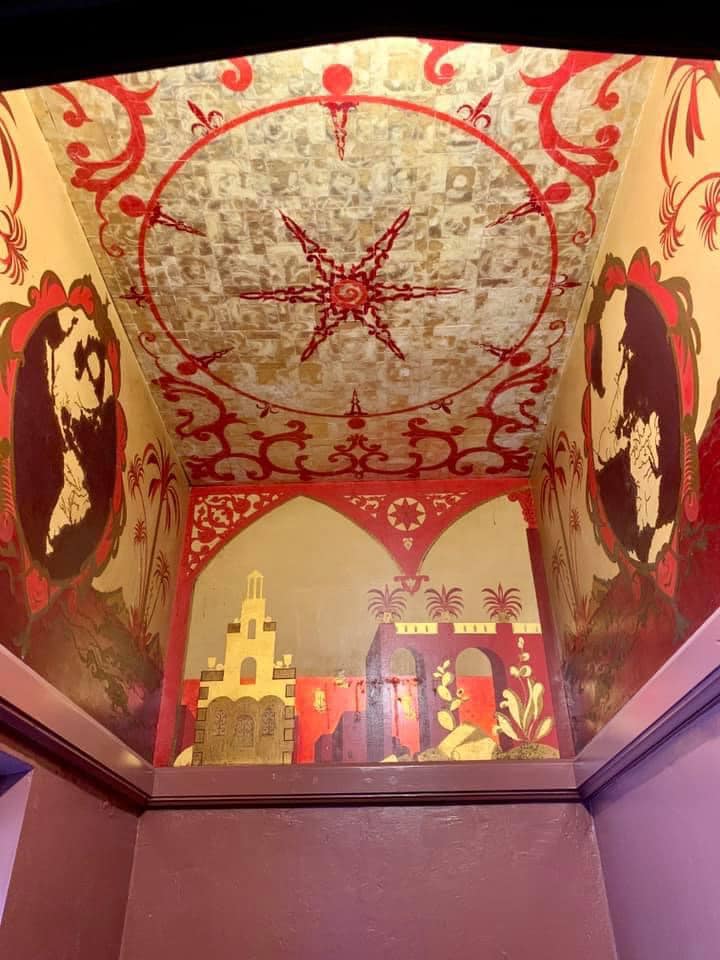
It’s all in the details. This mansion when it was built close to 100 years ago was completely state-of-the-art with an underground Art Deco playground, walk in safes, central vacuum system, air-conditioning, a speakeasy, a sub basement with bomb shelter and an indoor swimming pool.
The Chimneys’, the Bettie Fleischmann Holmes estate designed by Edgar Irving Williams c. 1929 in Sands Point, Long Island, NY. Holmes was the widow of Dr. Christian R. Holmes and herself was a board member of the New York Philharmonic Symphony Society and the Metropolitan Opera. Since 1954 the house has functioned as the Sands Point Community Synagogue.
Found on Gilded Age Mansions.
2. “Champagne Party”
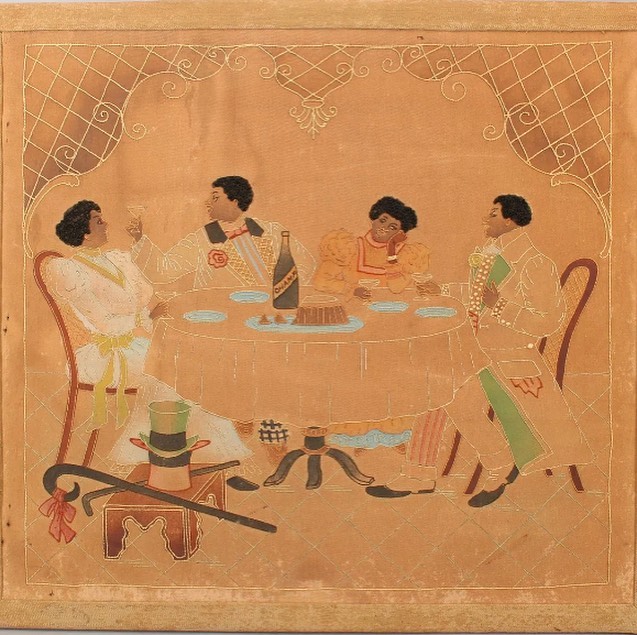
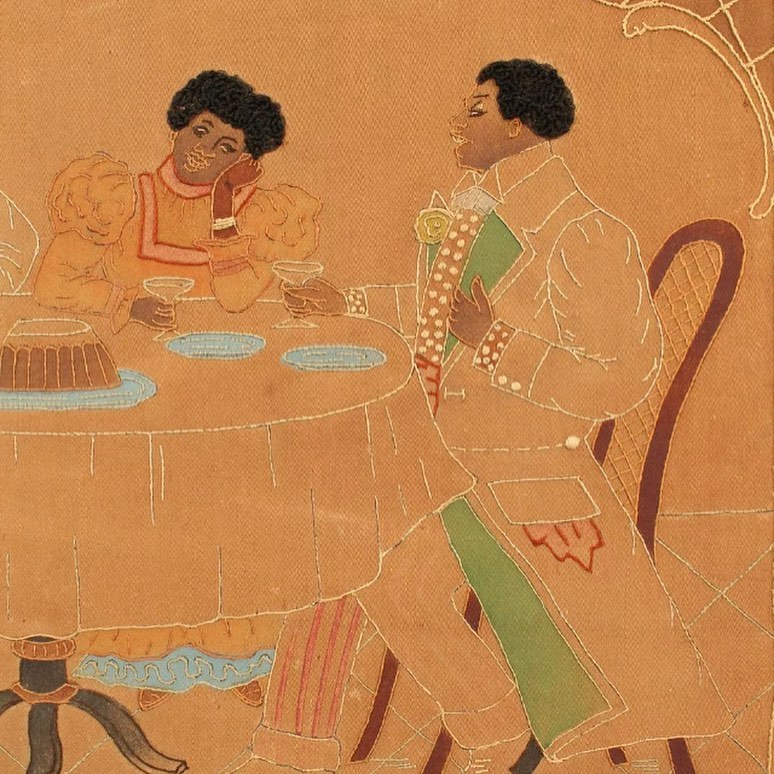
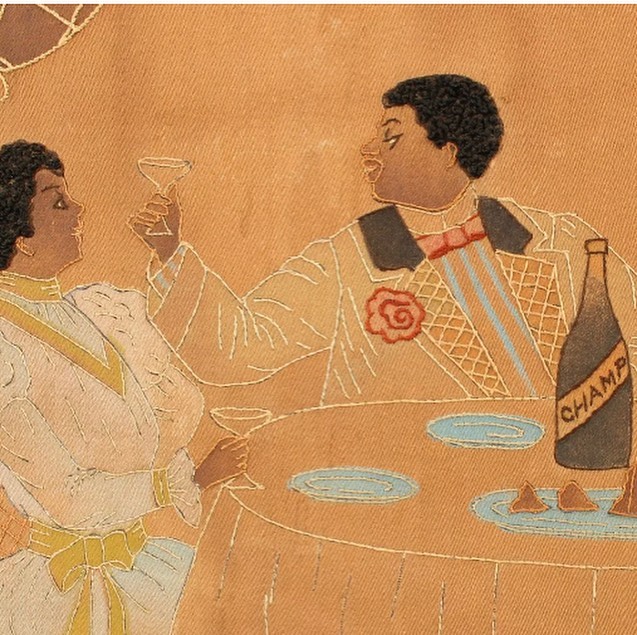
An embroidery sold on eBay, 2021, found via Anonymous Works.
3. “20,000 Leagues Under the Sea”, an immersive, 16-course tasting dining experience


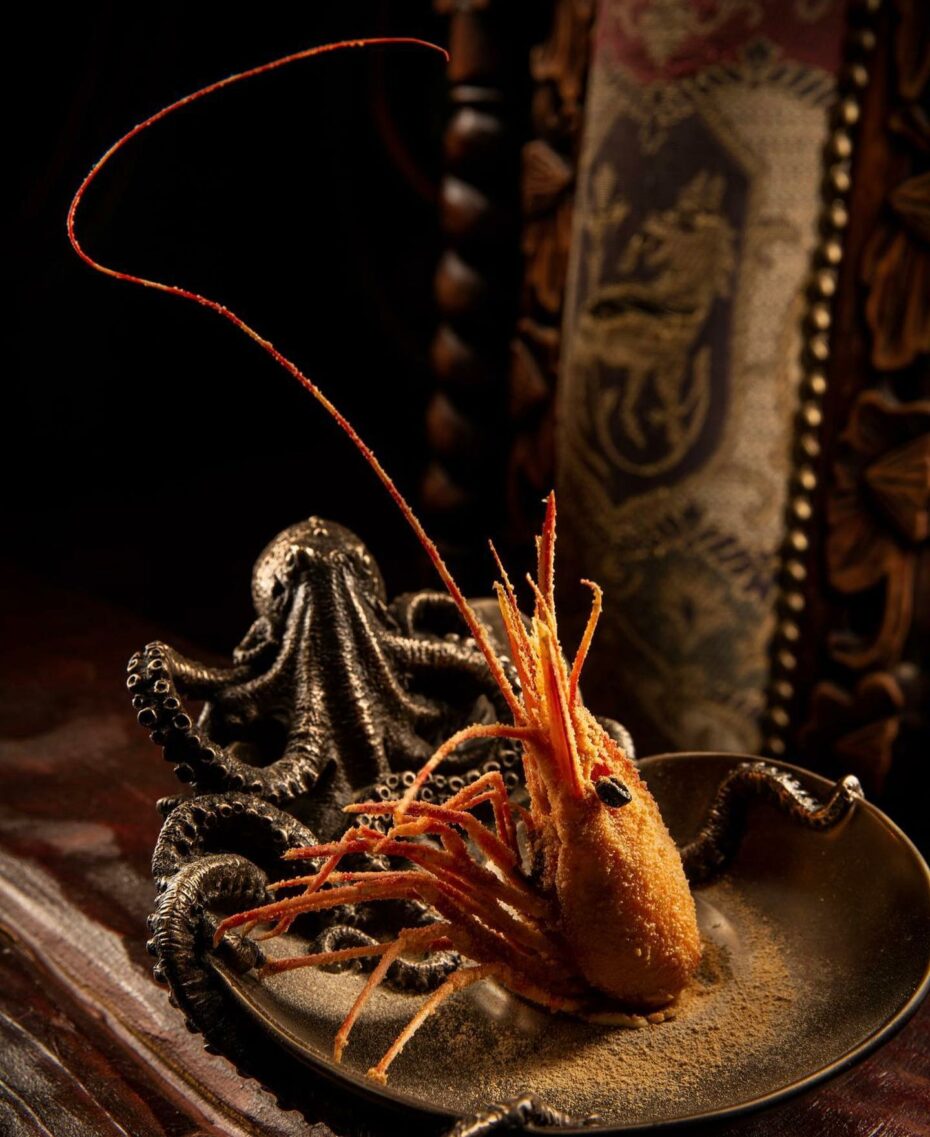

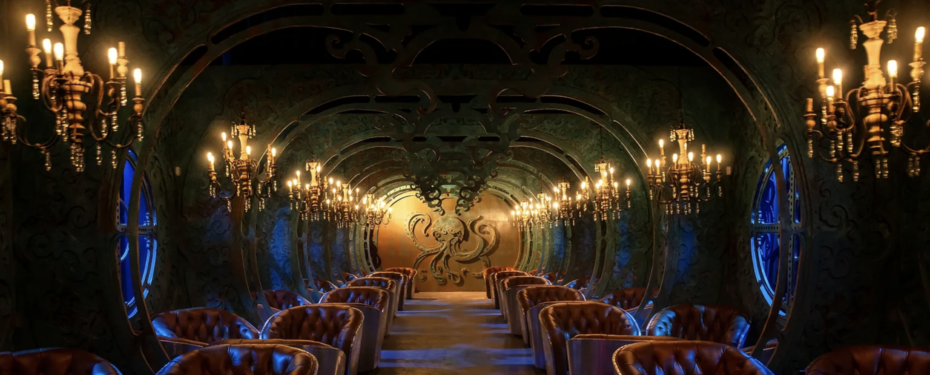
Open up a replica Fabergé Egg to reveal a soft-boiled quail egg with gold oscietra caviar or kiss a plate of three-dimensional porcelain lips for a slice of Japanese hokkaido uni with a hint of fresh wasabi.
And why use a knife and fork when you can eat a Beaujolais-braised octopus tentacle with a small sword and drag it through a butternut squash puree?
Rob Kachelriess, The Thrillist.
A steampunk fantasy at the Lost Spirits rum distillery in Las Vegas.
4. The Walker Library of The History of Human Imagination (a Billionaire’s Private Library)
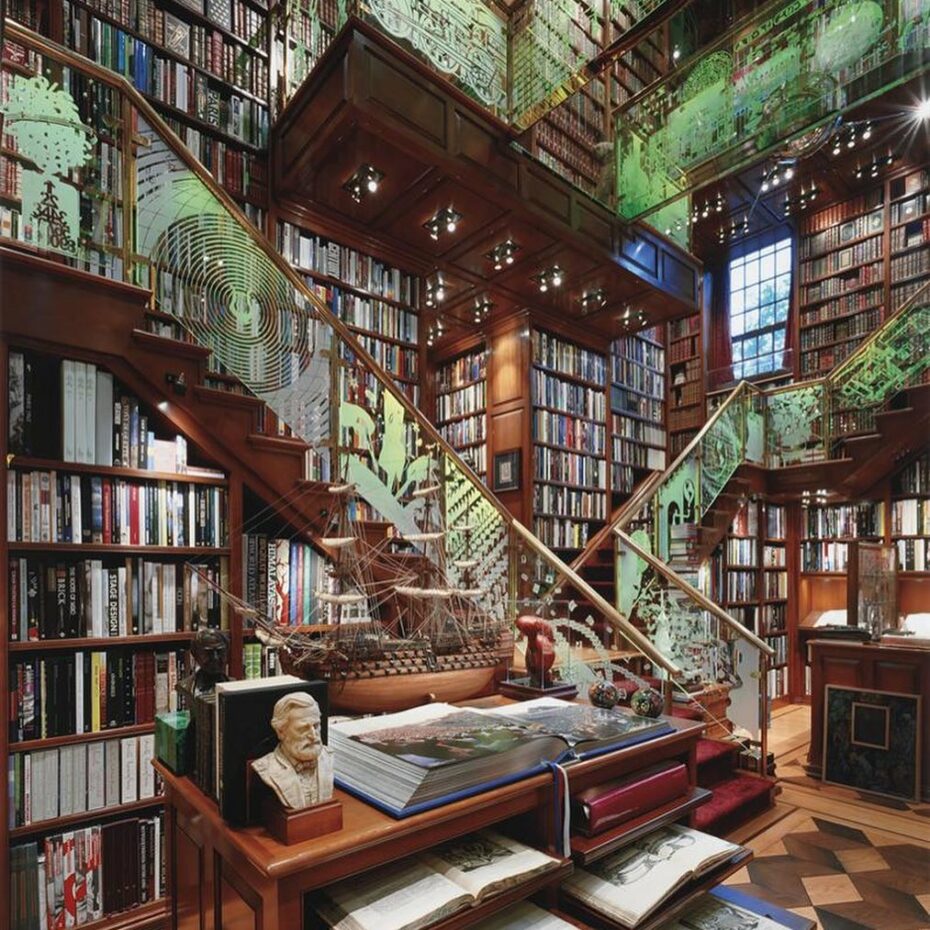
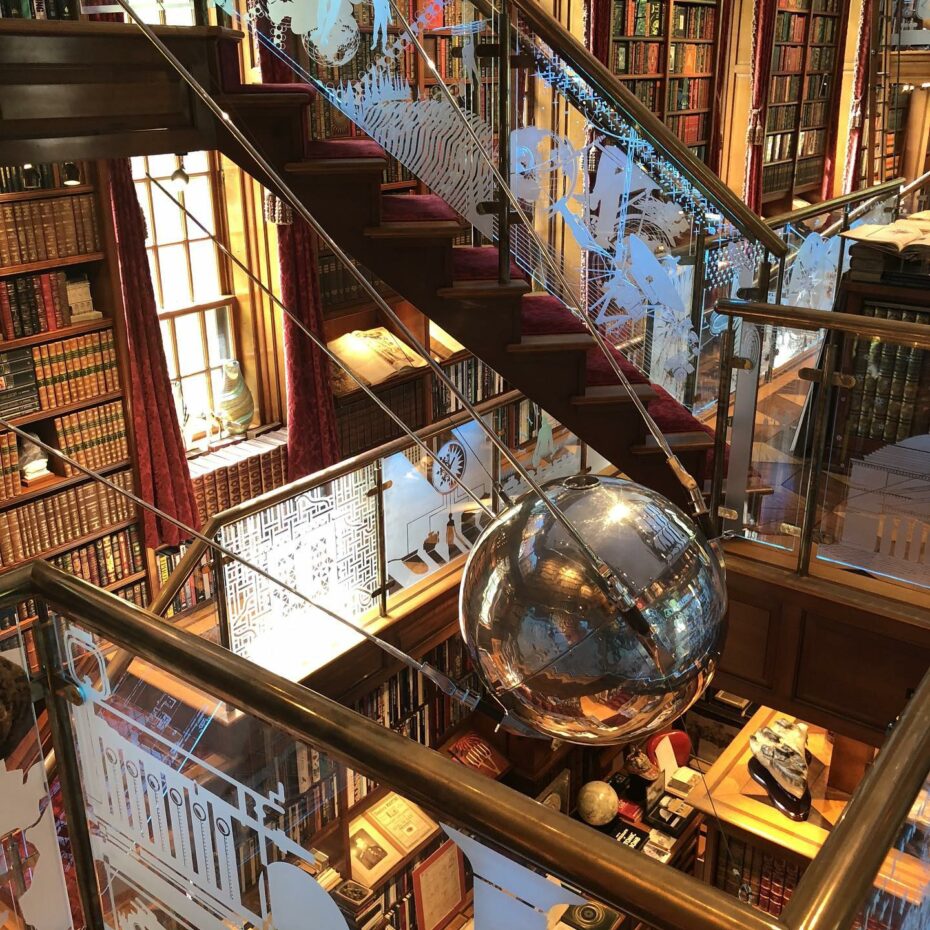
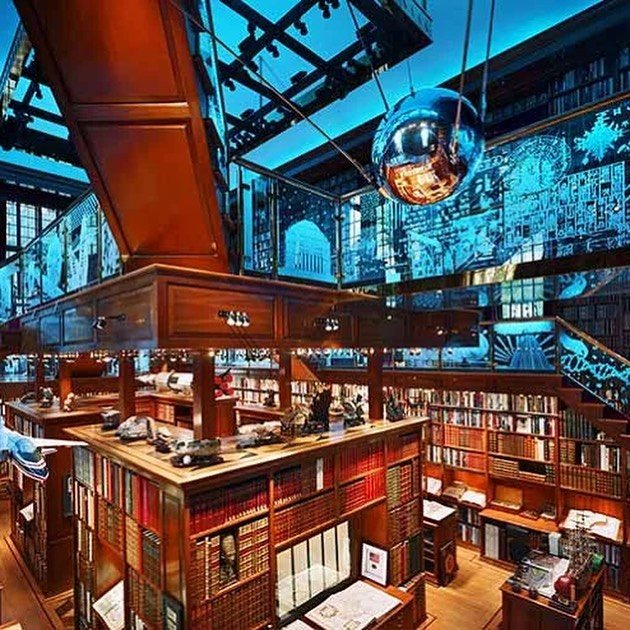
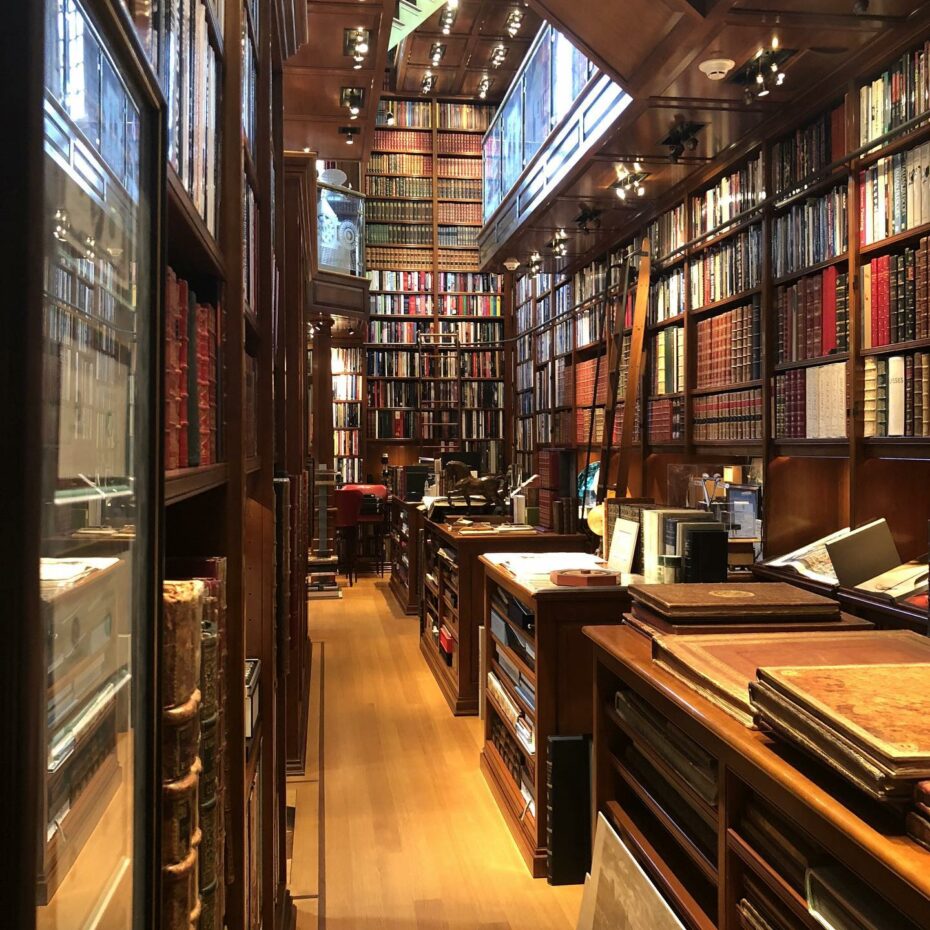

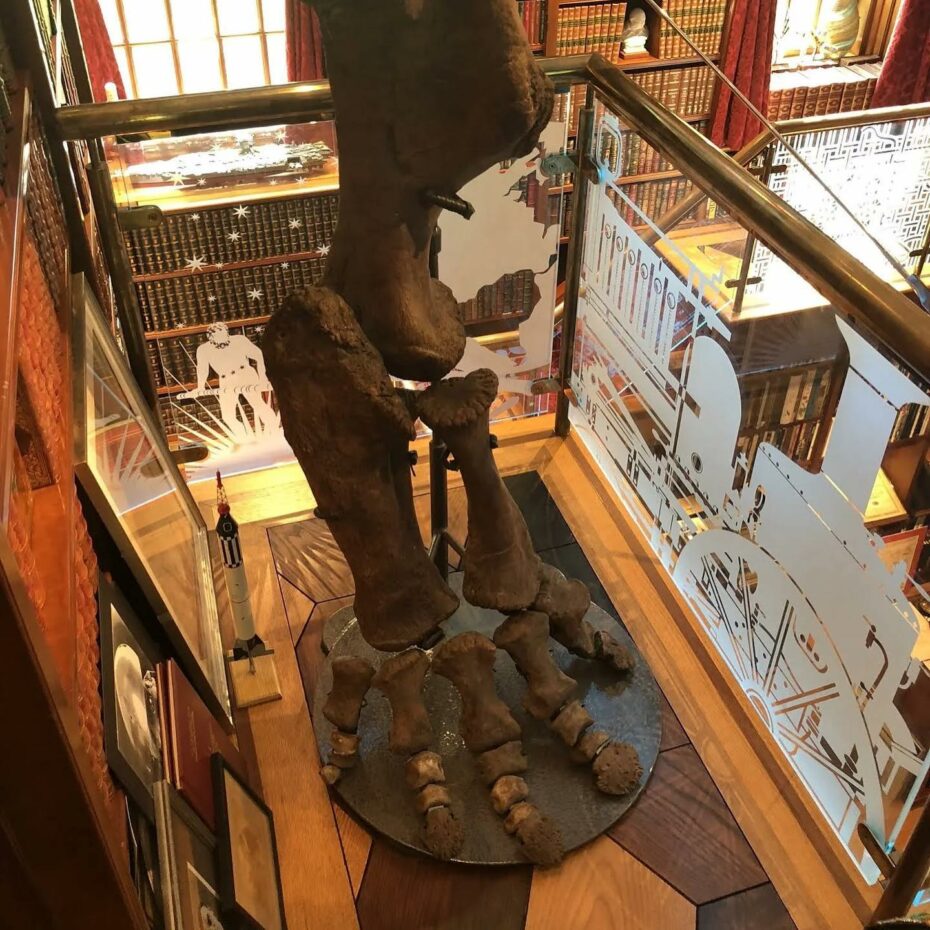
This is the private library of Jay Walker, who founded Priceline.com, in a wing of his home in Ridgefield, Connecticut. Although it’s sadly not open to the public, “invited guests to the Walker Library range from schoolchildren to business leaders, government officials and scholars, as well as librarians from around the world”.
Additional artifacts in the Library include:
- A page from an original Gutenberg Bible.
- An original 1957 Russian Sputnik, the world’s first space satellite (one of several backups built by the USSR) and the U.S. response, a Vanguard satellite made from surviving parts of the actual American satellite that blew up on the launch pad.
- A complete skeleton of a juvenile raptor dinosaur, about the size of a large housecat.
- One of two known Anastatic Facsimiles of the original 1776 Declaration of Independence (made directly from the original using a wet-copy process).
- An 1890 Edison sound recording and playback device that plays wax cylinder recordings.
- A wooden sarcophagus from ancient Egypt, dating to approximately 1,800 BC.
- A working Nazi Enigma device for encrypted communication.
- A copy of Robert Hooke’s 1666 book Micrographia, containing some of the earliest published depictions of insects, leaves and other objects as seen under a microscope.
- An instruction manual for NASA’s Saturn V rocket.
- A chandelier from the James Bond film Die Another Day, rewired with 6,000 LEDs.
- The very first book designed as a work of art in and of itself, Goethe’s 1828 Faust included illustrations by Delacroix. The Library’s copy features a carved leather binding.
- Various medical artifacts including glass eyes and field surgical instruments from the U.S. Civil War.
- A first edition Encyclopædia Britannica, published in 1768.
- A U.S. flag flown to the Moon and back on Apollo 11, the first human lunar landing.
- A 1667 publication called Bills of Mortality that tracked numbers and causes of death in London during the time of the Great Plague.
- A 1699 atlas containing the first maps to show the sun, not the earth, as the center of the known universe. (“This map, by far the most important map in history, divides the Age of Faith from the Age of Reason,” says Jay.)
- Anatomical illustrations produced from 1805-1813 by Italian artist and physician Paolo Mascagni, who used a scalpel and iodine to document human systems in hand-painted, life-sized illustrations.
- The first published illustration of amputation, from a 1532 German book of military field surgery. This hand-painted copy is stained with human blood on the cover.
- A military field surgical kit, circa 1900, including saws, clamps, and tools in a portable wooden box.
Take a video tour here and learn more about the library here.
5. DIY Challenge of the Week: Seed packet cabinet (1940s)
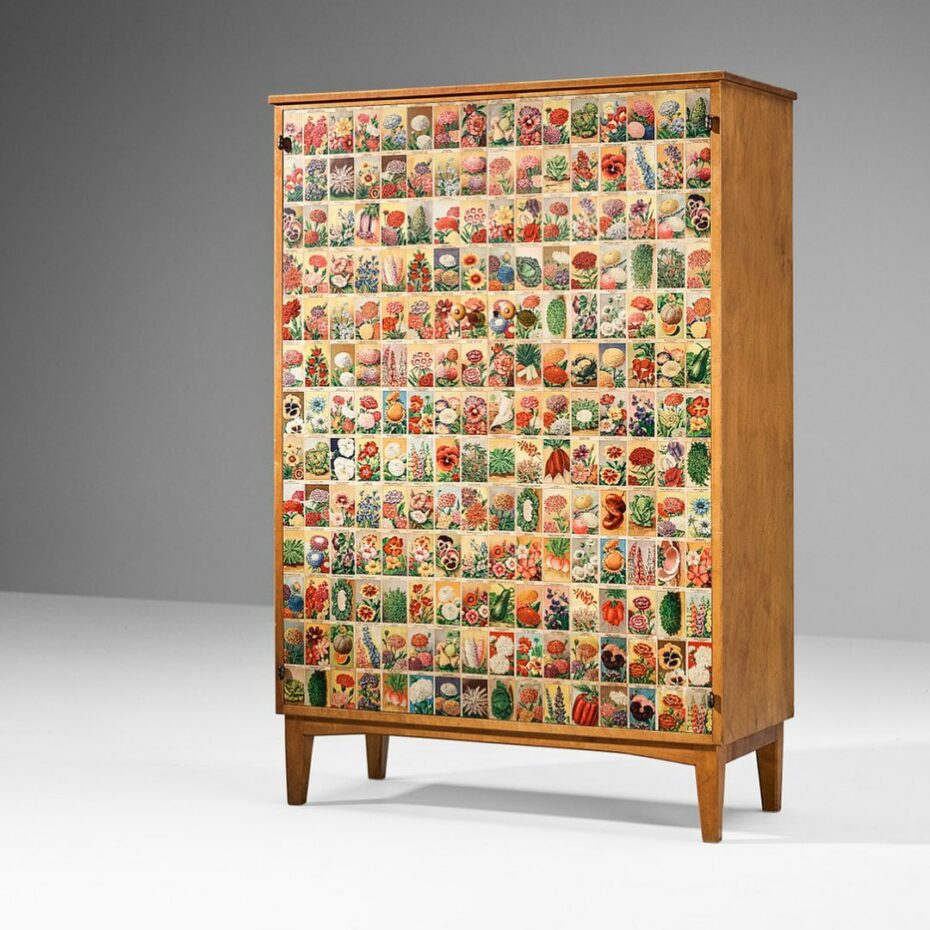

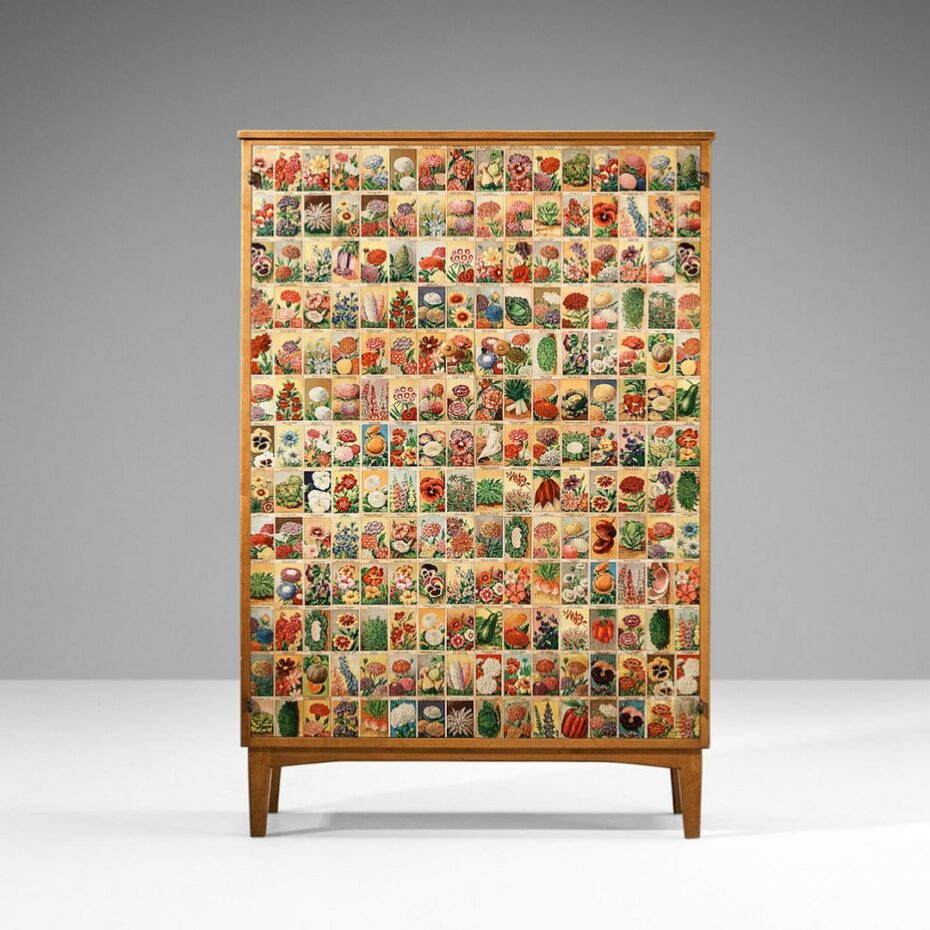


featuring a visual encyclopedia of flowers by Swedish interior architect and furniture designer Johan Elias Svedberg. designed by Elias Svedberg and manufactured by Nordiska Kompaniet in 1940. Found on the Morentz Gallery via Present & Correct.
6. This couple exploring the wilder side of Europe in their self built cabin-on-wheels and making tapestries




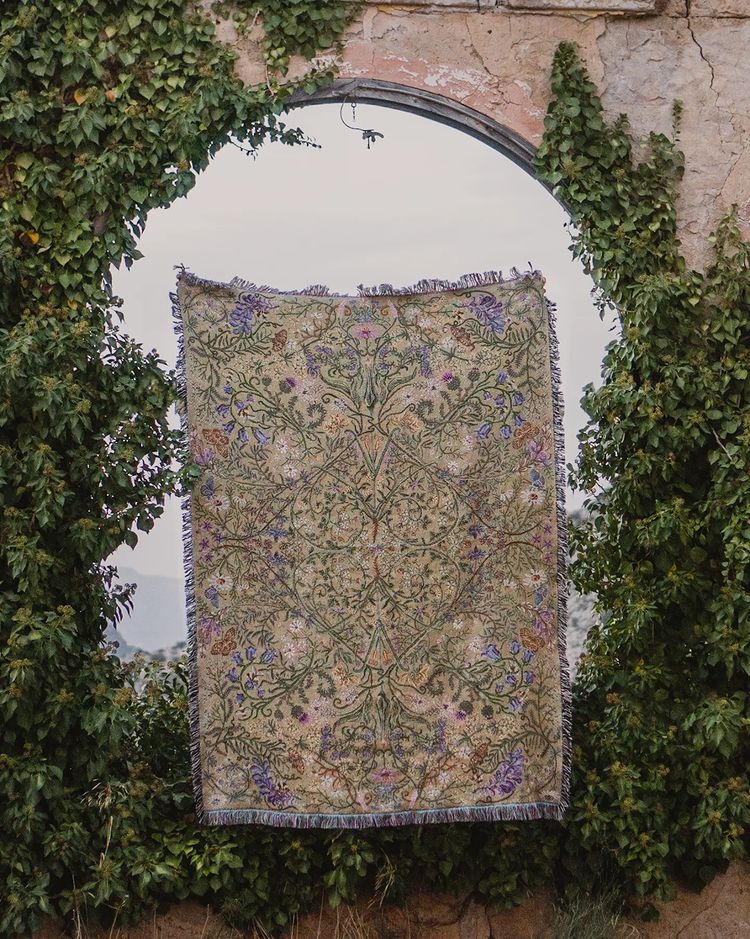



Discover Parking on the Wildside. Shop the Meadowbloom Tapestry here (£99).
7. The Emancipatory Visions of a Sex Magician
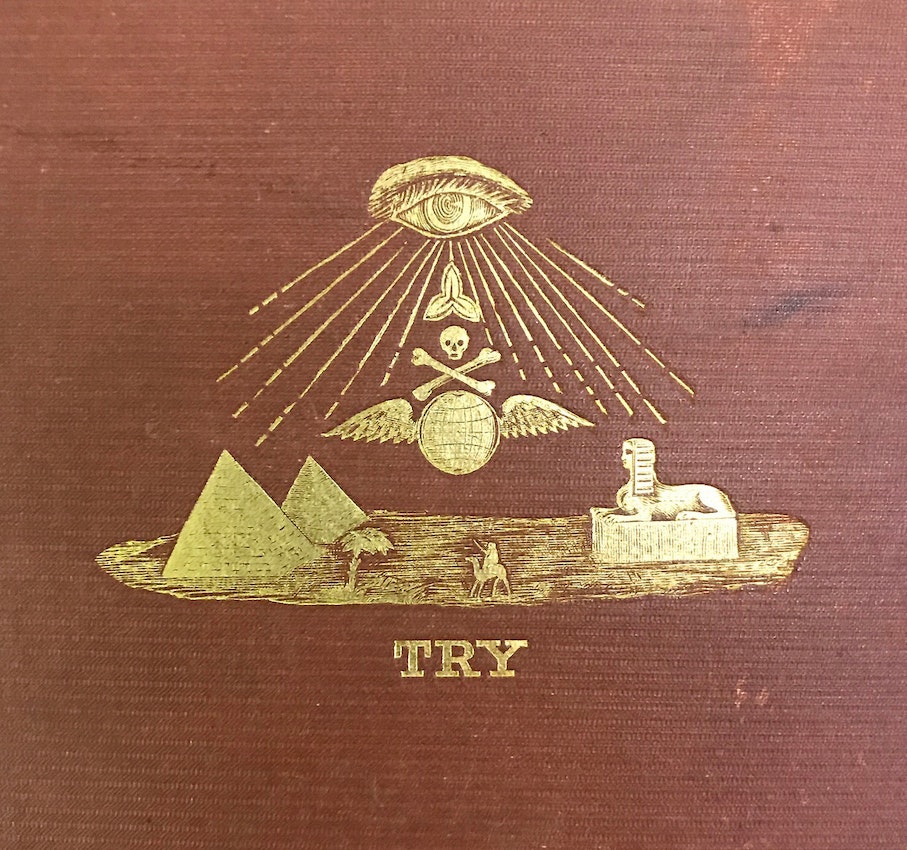
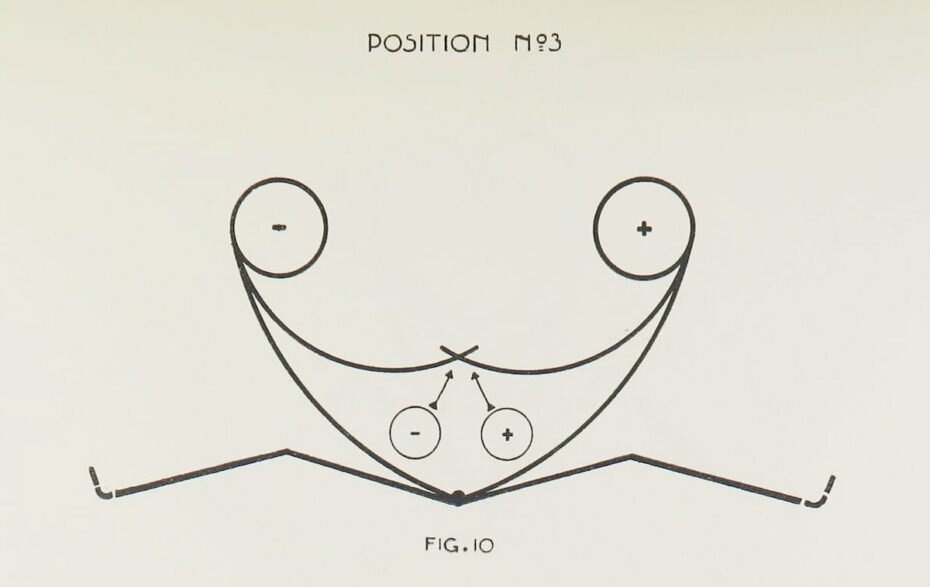
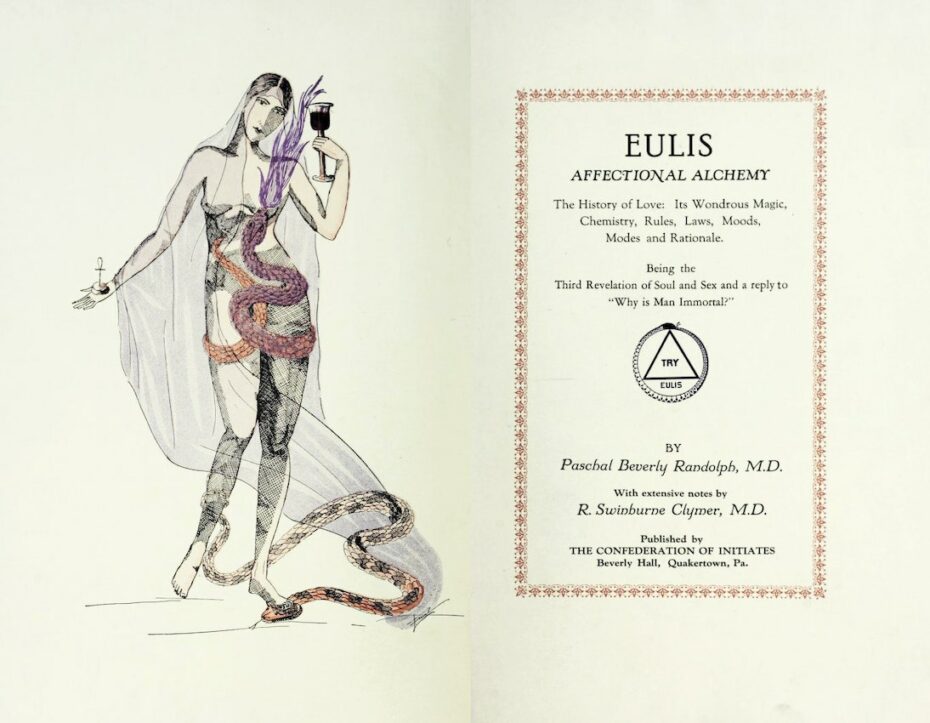
Erotic magic, Black emancipation, gender fluidity, interplanetary spirit realms — these were but a few of the topics that preoccupied Paschal Beverly Randolph (b. 1825), an occult thinker who believed that his multiracial identity afforded him “peculiar mental power and marvelous versatility”. Lara Langer Cohen considers the neglected politics of Randolph’s esoteric writings alongside the repeated frustration of his activism: how dreams of other worlds, above and below our own, reflect the unfulfilled promises of Emancipation.
Interesting read found on the Public Domain Review.
8. A Love Wagon dream car

Found on Pinterest.
9. Frida Kahlo, “dabbling in art”
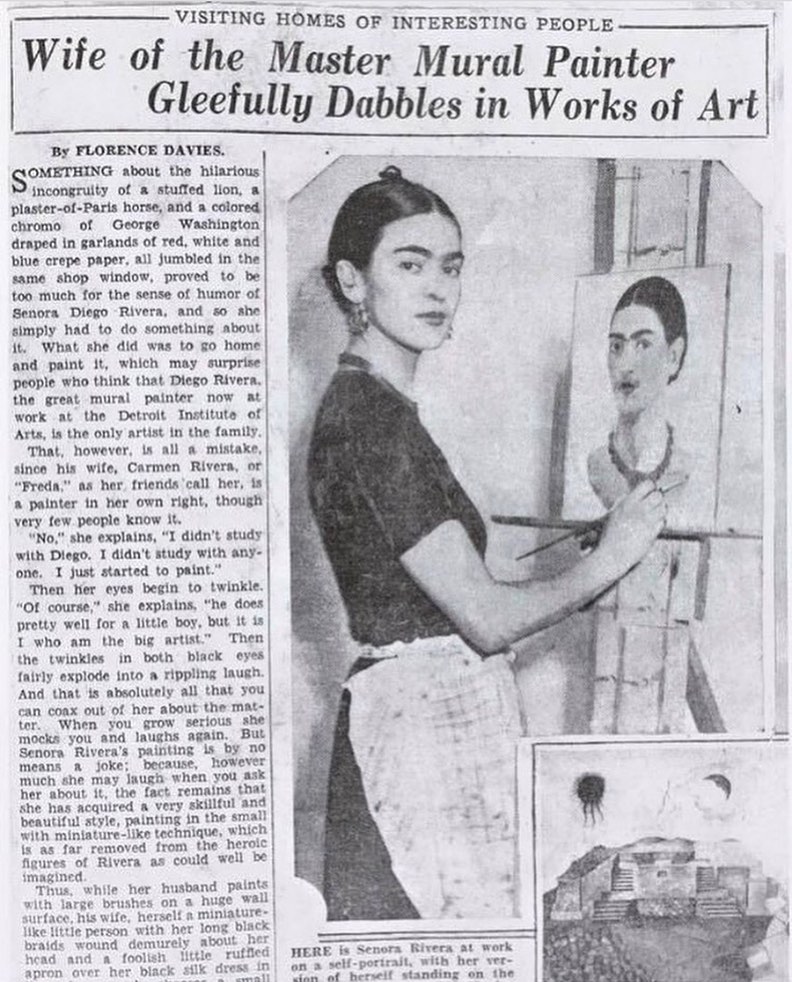
Newspaper article from 1933, found on My Modern Met.
10. The anti-KKK group called “Knights of the Invisible Jungle of the Tiger’s Eye” in 1922.
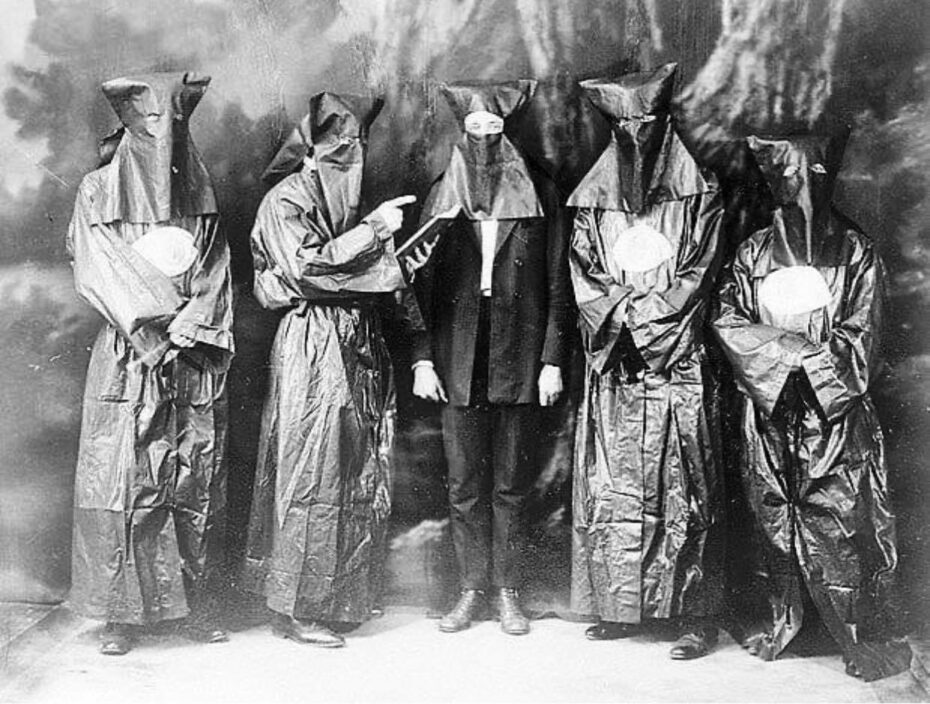
There’s not a whole lot of information surrounding this group, but they were once active in Buffalo, New York. Contrary to popular belief, the KKK was not just active in the deep south. With the 1915 film “Birth of a Nation”, the popularity of the KKK swept the nation and at one point the Klan had as many as 5 million members. President Woodrow Wilson even screened the film at the White House and reportedly remarked, “It’s like writing history with lightning. My only regret is that it is all so terribly true.”
After being incorporated in New York, their official charter was the “Imperial Lair of the Invisible Jungle Knights of the Tiger’s Eye”. They issued the following proclamation:
“It is the purpose of the Knights of the Tiger’s eye to band together in this fraternity of all men who believe in Law and order, supremacy of these United States of America and the betterment of mankind in general. Our aim is to sweep away the discording passions which are caused by religious, political and racial hatred; thereby getting a true fraternal brotherly love between the citizens of our country, regardless of their racial, religious or social standing in the community. To leave to the individual the manner in which he shall worship God, govern his politics and conduct his business.”
Found on History Cool Kids.
11. Realistic computer-generated handwriting

Another AI website! This one generates handwriting in 9 different styles. You can adjust speed, legibility, and stroke width and download the result. Try out Calligrapher.ai
12. Italy’s Narrowest Street
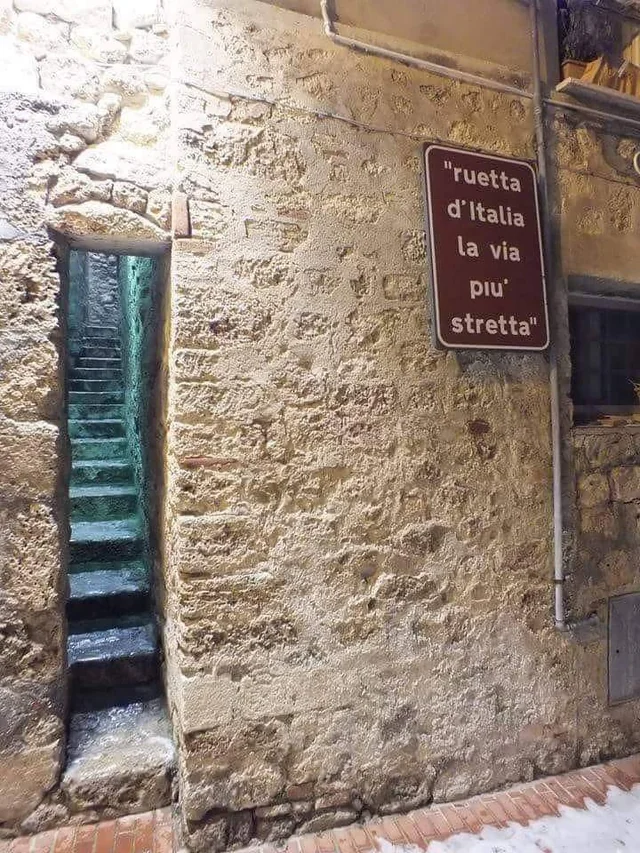
Found on Reddit.
13. The Fabulous Baron Munchausen, 1962
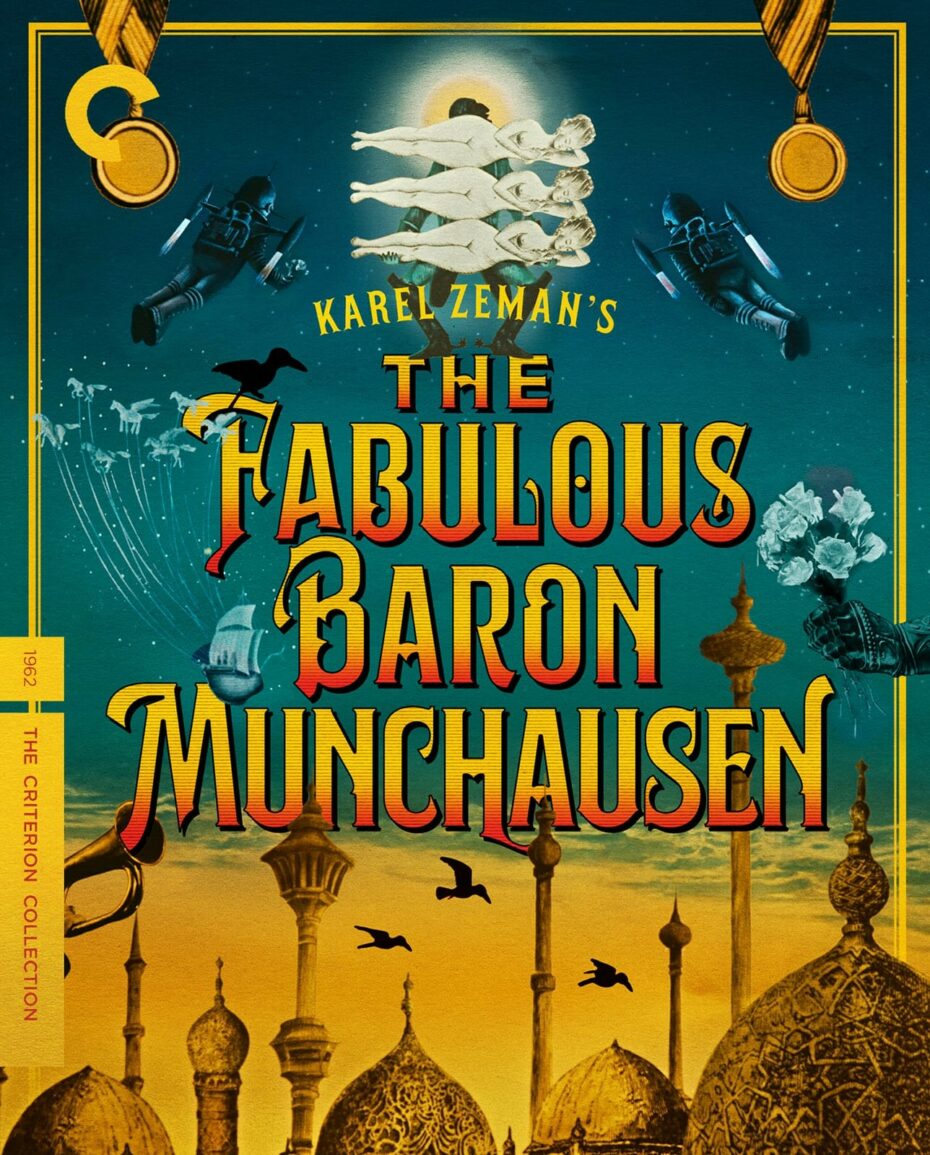
The Fabulous Baron Munchausen is a 1962 Czechoslovak romantic adventure film directed by Karel Zeman, based on the tales about Baron Munchausen. The film combines live-action with various forms of animation and is highly stylized, often evoking the engravings of Gustave Doré. Karel Zeman was a genius if visual artistry. His playful use of 19th century engravings in a live-action movie is so original and it works so well. Here is a look at the trailer for the digitally restored film
Currently available to watch on the Criterion Collection.



